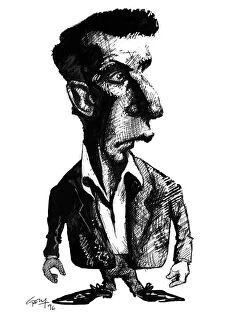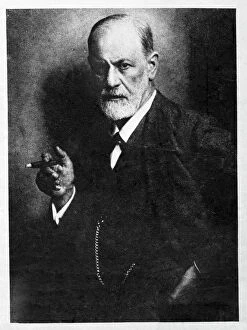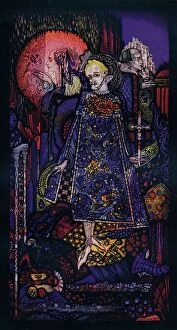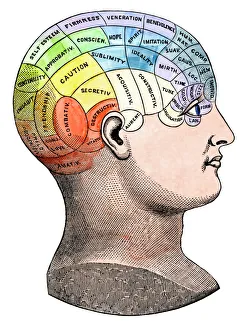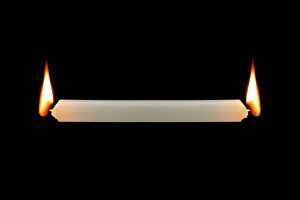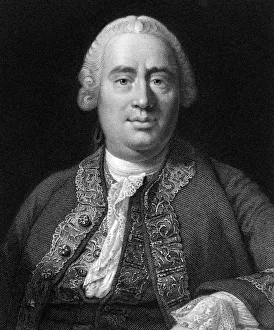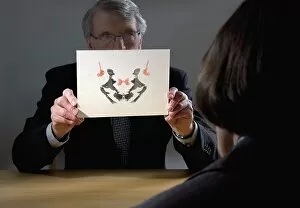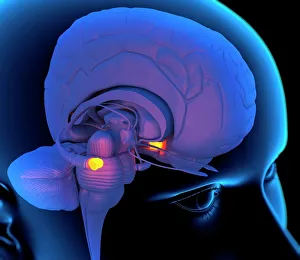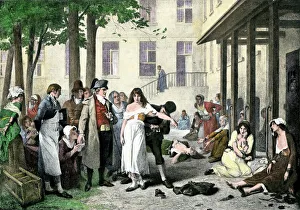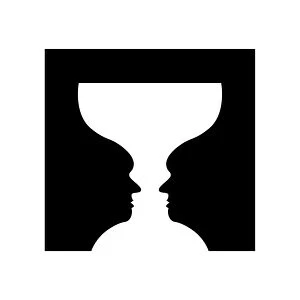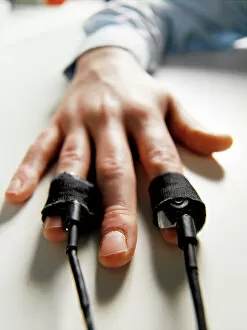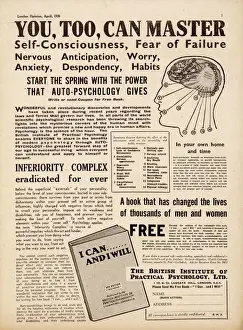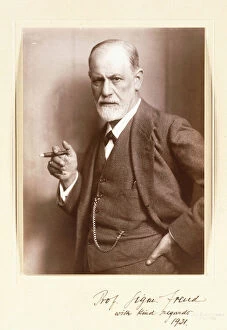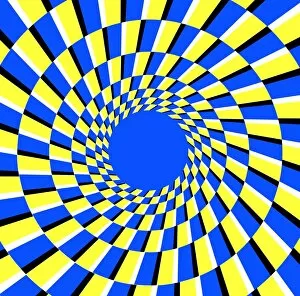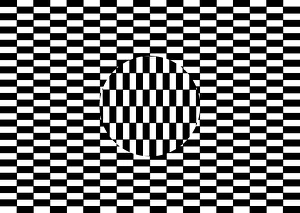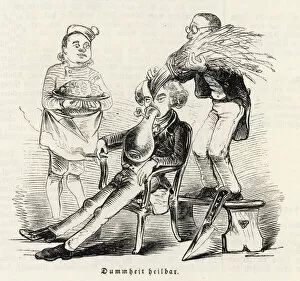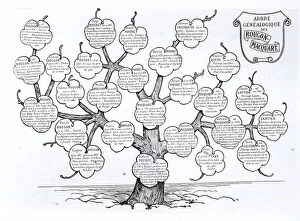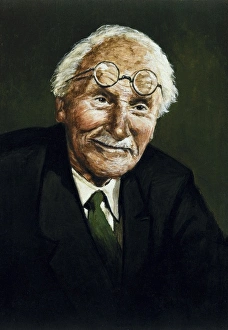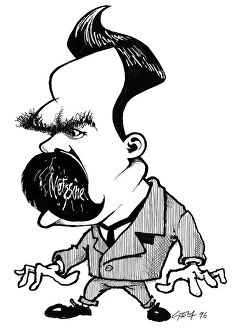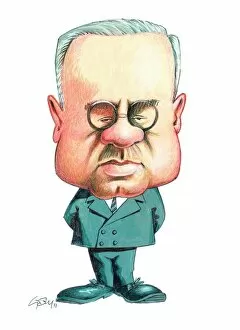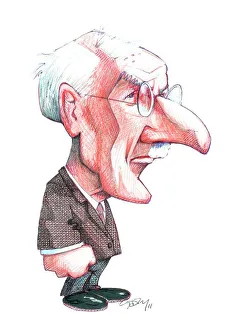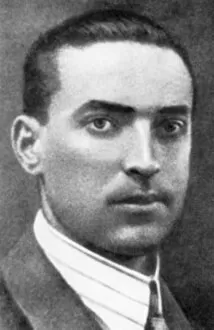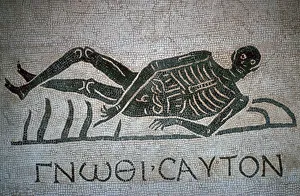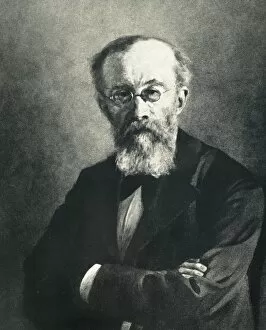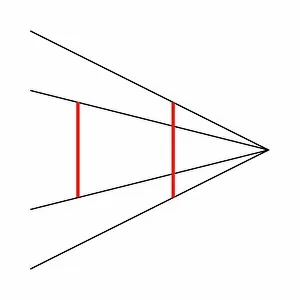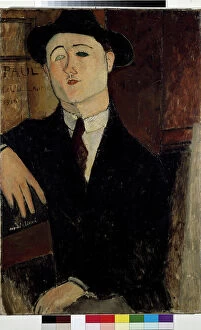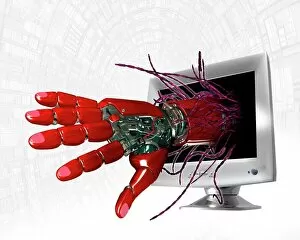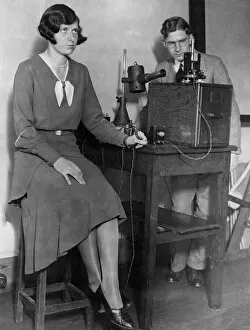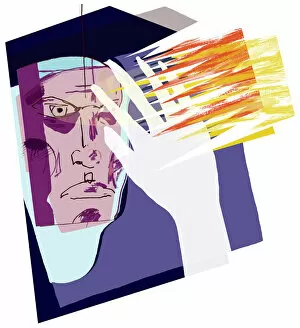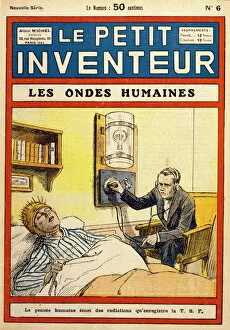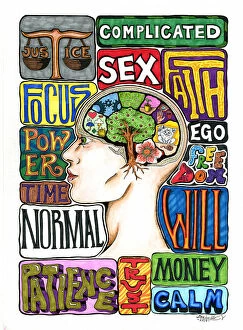Psychology Collection
"Exploring the Depths of the Mind: A Journey into Psychology" Delving into the intricate workings of the human mind, it offers a fascinating glimpse into our thoughts
All Professionally Made to Order for Quick Shipping
"Exploring the Depths of the Mind: A Journey into Psychology" Delving into the intricate workings of the human mind, it offers a fascinating glimpse into our thoughts, emotions, and behaviors. From renowned thinkers to captivating artworks, this caption unravels the enigmatic world of psychology. The Rorschach Inkblot Test, with its abstract patterns resembling butterflies or symmetrical figures, invites us to interpret what lies beyond mere ink stains. It serves as a window into our subconscious minds and reveals hidden facets of our personality. Ludwig Wittgenstein's caricature adds a touch of humor to an otherwise serious subject. This influential philosopher contemplated language and its role in shaping our understanding of reality—a topic that intertwines with psychological inquiry. Artistic representation takes center stage as we explore Harry Clarke's mesmerizing artwork depicting "The Song of the Mad Prince. " Through vivid colors and intricate details, it captures the essence of mental turmoil and raises questions about perception and sanity. David Hume's philosophical musings on human nature resonate within psychology. His skepticism challenges us to critically examine our beliefs while contemplating how they shape our thoughts and actions. Sigmund Freud emerges as a towering figure in Austrian psychology. A signed photograph from 1921 immortalizes his contributions to psychoanalysis—an approach that delves deep into unconscious desires and conflicts that influence behavior. Phrenology unveils an intriguing model for understanding personality traits by examining bumps on one's head. Though now discredited scientifically, it reminds us how early attempts at unraveling human nature shaped modern psychological theories. "Burning the candle at both ends C014 / 1258" symbolizes society's struggle with work-life balance—a theme often explored through psychological lenses. It prompts reflection on stress management techniques vital for maintaining mental well-being amidst demanding lifestyles. The Hollow-face illusion artwork captivates viewers by challenging their perceptions—showcasing how easily we can be deceived by our own minds.




